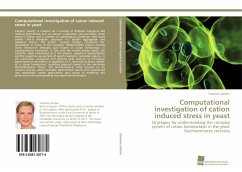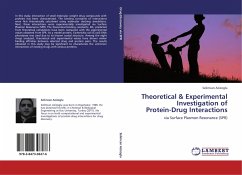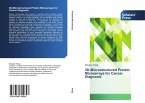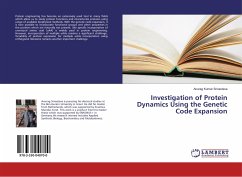Cationic toxicity is relevant for a number of different biological and medical phenomena such as cationic surfactants, salt and heavy metal stress in plants and a number of pathological conditions that share similar critical metabolic processes (i.e. protein aggregation and oxidative stress). The author, Susanne Gerber, conducted her dissertation in frame of the European TRANSLUCENT project entitled "Gene interaction networks and models of cation homeostasis in Saccharomyces cerevisiae". In line with the overall project goals, the scientific work contributed to i) the analysis, graphical representation and the respective assessment of specific genomic promoter-regions, ii) the conversion, evaluation and genome wide analysis of microarray experiments on the effects of exposition of S. cerevisiae to heavy metals, iii) a cation homeostasis modeling approach based on the non-linear thermodynamics theory. The bioinformatical work focused on an iterative process where available experimental results were transferred into meaningful model applications and results of modeling and predictions into corresponding new experimental designs.
Bitte wählen Sie Ihr Anliegen aus.
Rechnungen
Retourenschein anfordern
Bestellstatus
Storno








